The best flowers named after monarchs, from the Queen's latest rose to the regal daisies that were almost named after Kaiser Wilhelm
With a new rose named ‘Queen Elizabeth II’ being launched for the Jubilee, Steven Desmond looks back at the history of naming plants after monarchs.
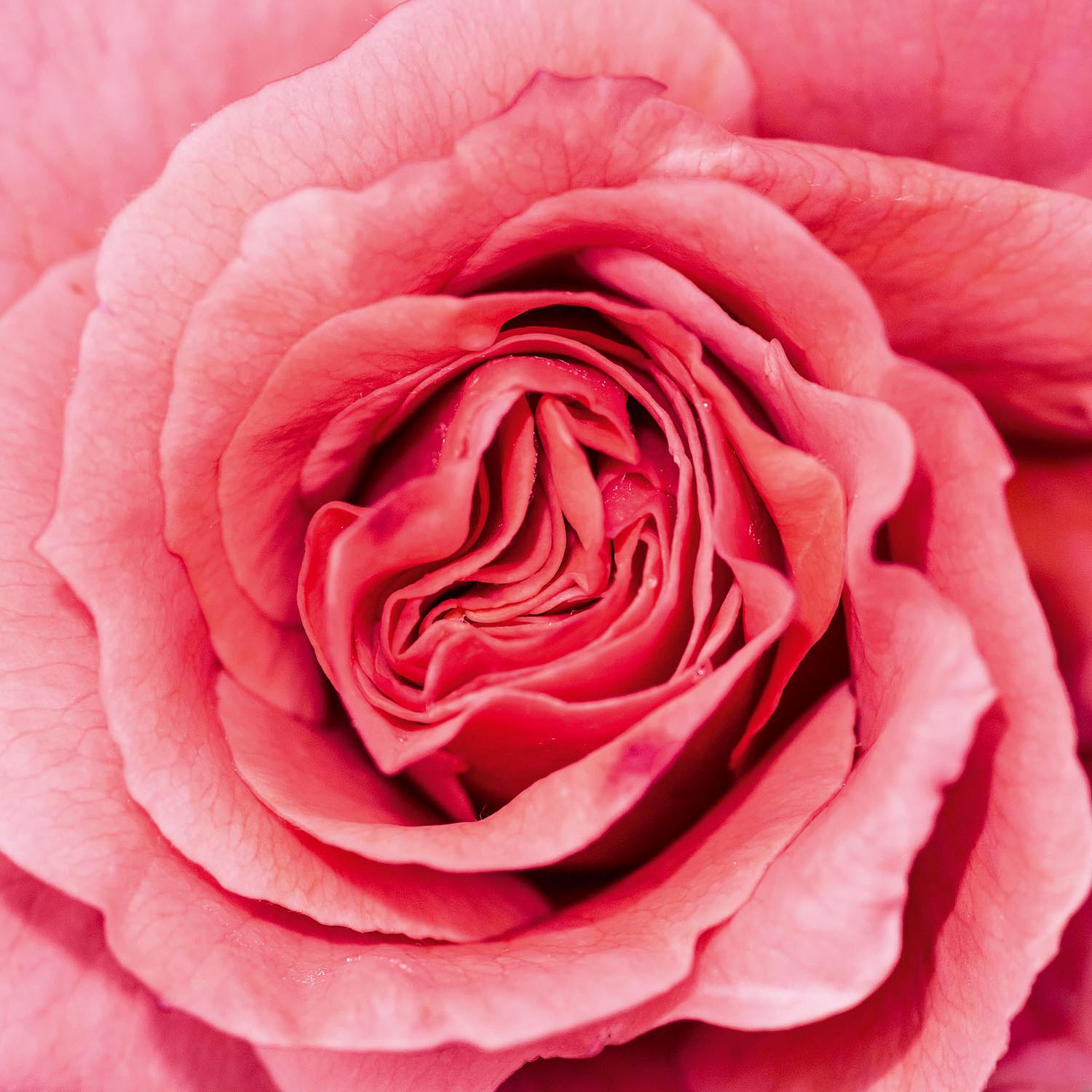
There is a long history of naming things after monarchs. The present Queen, who has been unfailingly in post since before even I was born, is thus blessed with an inordinately long list of ships, buildings, mountain ranges, islands, horse races, railway engines, national parks and, of course, plants bearing her name. It must be difficult to look equally pleased at each of these offerings, but you can be sure that friendly politeness will never have failed on such an occasion.
In case it springs to your mind to add to this list, you should know that you can’t simply stick Her Majesty’s name on something and be done. There is, as one would expect, an established procedure by which a committee of worthies vets each application to make sure nothing unsuitable slips through the net. I know of only one rogue incident, in which the Filipino former world boxing champion Manny Pacquiao named his daughter Queen Elizabeth without permission. I feel sure his error was made in a spontaneous burst of royal enthusiasm, so I doubt if the committee will take too dim a view of his action.
The tradition of naming plants after monarchs has brought us many familiar favourites. Queen Victoria reigned over us for 63 years and is recalled by the rhubarb cultivar ‘Victoria’, bred by Joseph Myatt in 1837, the year of her accession. It still flourishes today. You will be pleased to learn that the enterprising Myatt presented another rhubarb called ‘Prince Albert’ to the public as quickly as 1840. It, too, is still widely available. Probably the best-known flower to bear the old Queen’s name is the red-flowered perennial Lobelia ‘Queen Victoria’, remarkably vigorous for such a long-established plant.

Victoria’s son Edward VII is commemorated by something we all eat every day in the form of the potato bearing his name. It is not easy to breed a plant in time for such a short reign, but there is something appropriate in the shape of a starchy foodstuff to remind us of Bertie’s healthy appetite.
There was an interesting near miss in the naming of the Michaelmas Daisy Aster amellus ‘King George’. The breeder, the nurseryman Amos Perry, was minded to name it ‘Kaiser William’ when he published his catalogue in 1914, but, on reflection, decided ‘King George’ was a safer bet in the circumstances. It was an instant success and is still a favourite today.
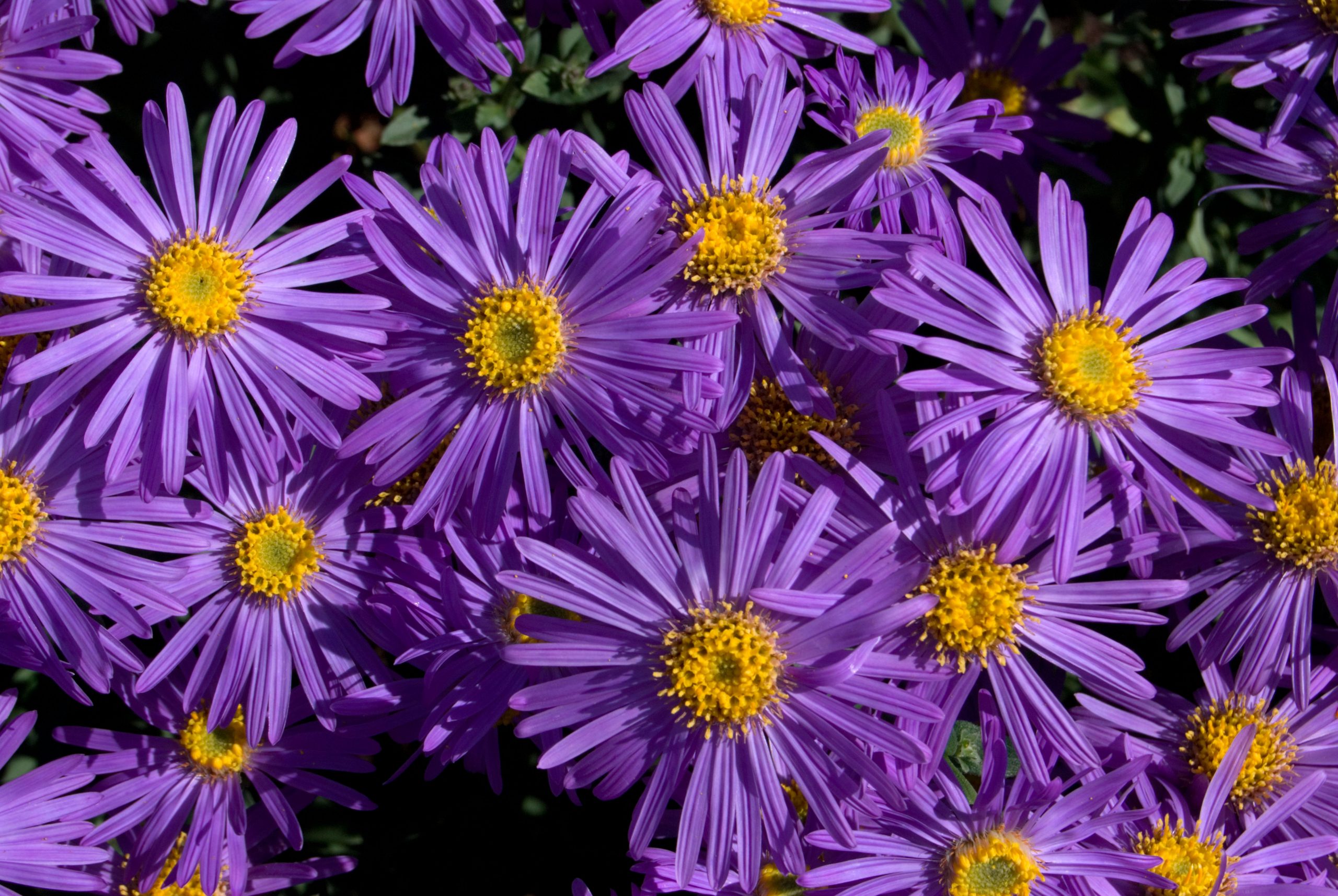
When Elizabeth II became Queen in 1952, there was a predictable scramble in the nursery trade to get something lovely named after her. Plant breeding is an exhaustive and uncertain business, however, and a degree of caution is advisable in the final choice, so it was not until the Coronation year of 1953 that Jackman’s nursery of Woking in Surrey came up with a new cultivar of Clematis montana called ‘Elizabeth’. This seems to be the pioneer.
Every grower dreads a plant being a failure and nothing can be guaranteed, but Clematis montana ‘Elizabeth’ is famously durable, adaptable, healthy, easy to maintain, pretty and sweetly scented, so we can all rejoice in that happy decision. Its vigour is undimmed after all these years and I remember one that, planted on a sunny wall, preferred to climb over and live on the shady side, so it even knows how to think for itself.
Exquisite houses, the beauty of Nature, and how to get the most from your life, straight to your inbox.

In an unexpected display of royal fervour in Alabama, US, the Longview nursery of Crichton introduced a camellia with the splendidly full title of ‘Her Majesty Queen Elizabeth II’ as early as 1954. As you would expect, its frilly pink double flowers were an instant success and it remains a good doer.
The big hit of the day, however, was the introduction in 1954 of the pink rose ‘Queen Elizabeth’. Fashions have changed, but, 30 years after its debut, ‘Queen Elizabeth’ dominated the flower gardens of this country. I worked in a hospital garden in York in 1981 and remember this rose towering over the others in the pergola-framed rose walk. Its perfectly formed flowers were visible from a long way off, not least because of its exceptional height. In summer, I could barely see over it. No less a judge than David Austin described it as ‘indestructible’.
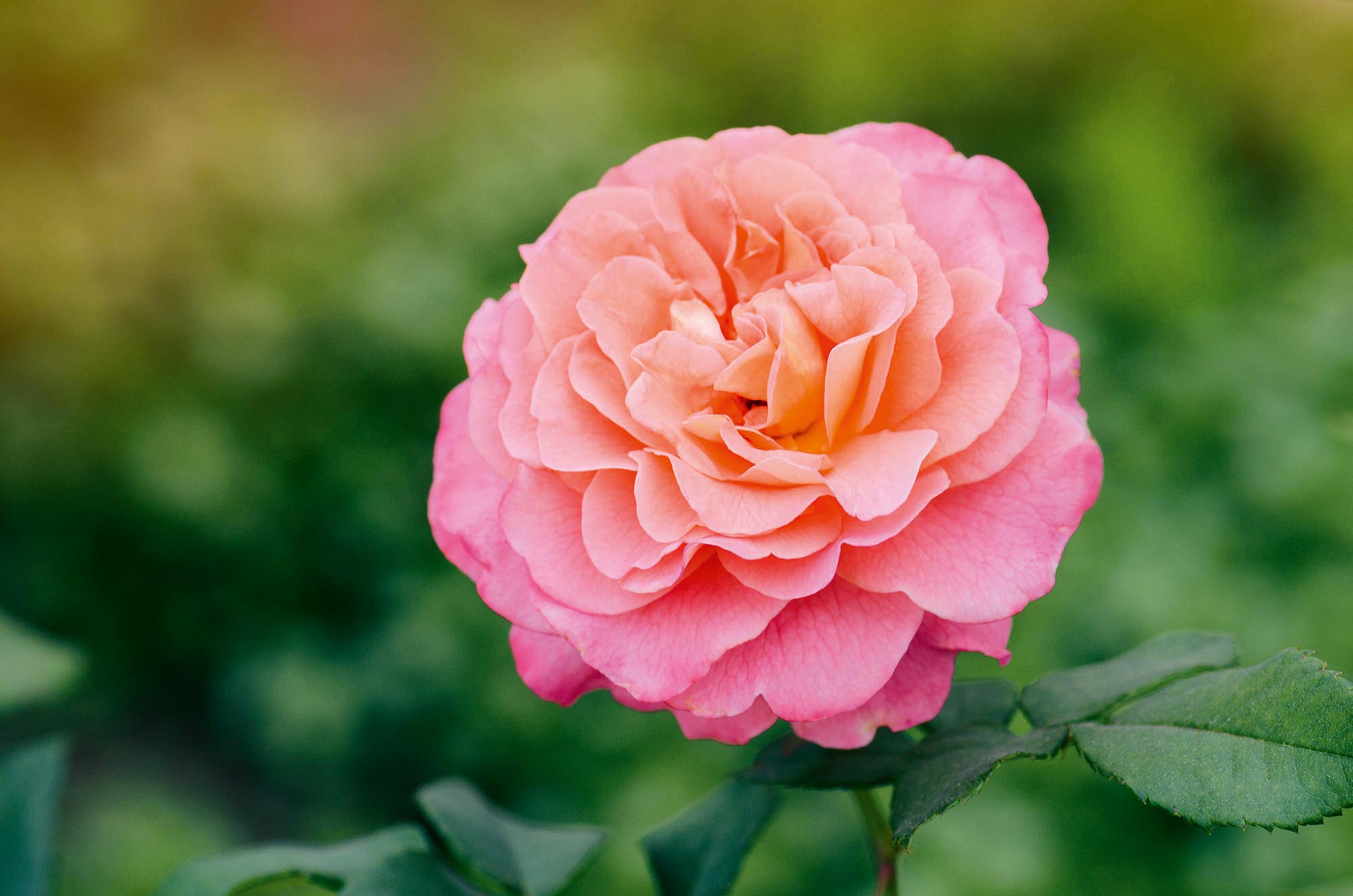
The origin of this famous rose is of some interest. It was created by Armstrong’s nursery in Ontario, California, US, through the enterprising work of breeder Walter Lammerts. He was a pioneer, with a better understanding of genetics than his rivals. As they continued down the path of crossing similar and, therefore, closely related roses, Lammerts took the opposite approach. He crossed a floribunda rose called ‘Floradora’ with his own hybrid tea, ‘Charlotte Armstrong’, to produce ‘Queen Elizabeth’, the first Grandi-flora rose. The result had plenty of hybrid vigour, which explains this rose’s distinctive height and continuing rude health. It was a great moment in the history of the rose. For many, the confirmation of its good genes is the parallel success of its climbing variant, launched as early as 1957.
After that first flush of success, things naturally went quiet for a while, but plant breeders are always looking ahead and, when the Silver Jubilee came along in 1977, something suitable was in place. In that year, there was a great outpouring of commemorative gifts and I remember throwing up the sash and sitting on the windowsill of my flat in York as The Queen and the Duke of Edinburgh walked along the street a few yards away. The horticultural industry’s contribution was a rose called ‘Silver Jubilee’, bred by Cocker’s nursery of Aberdeen. The less than snappy name suggests a protracted committee debate.
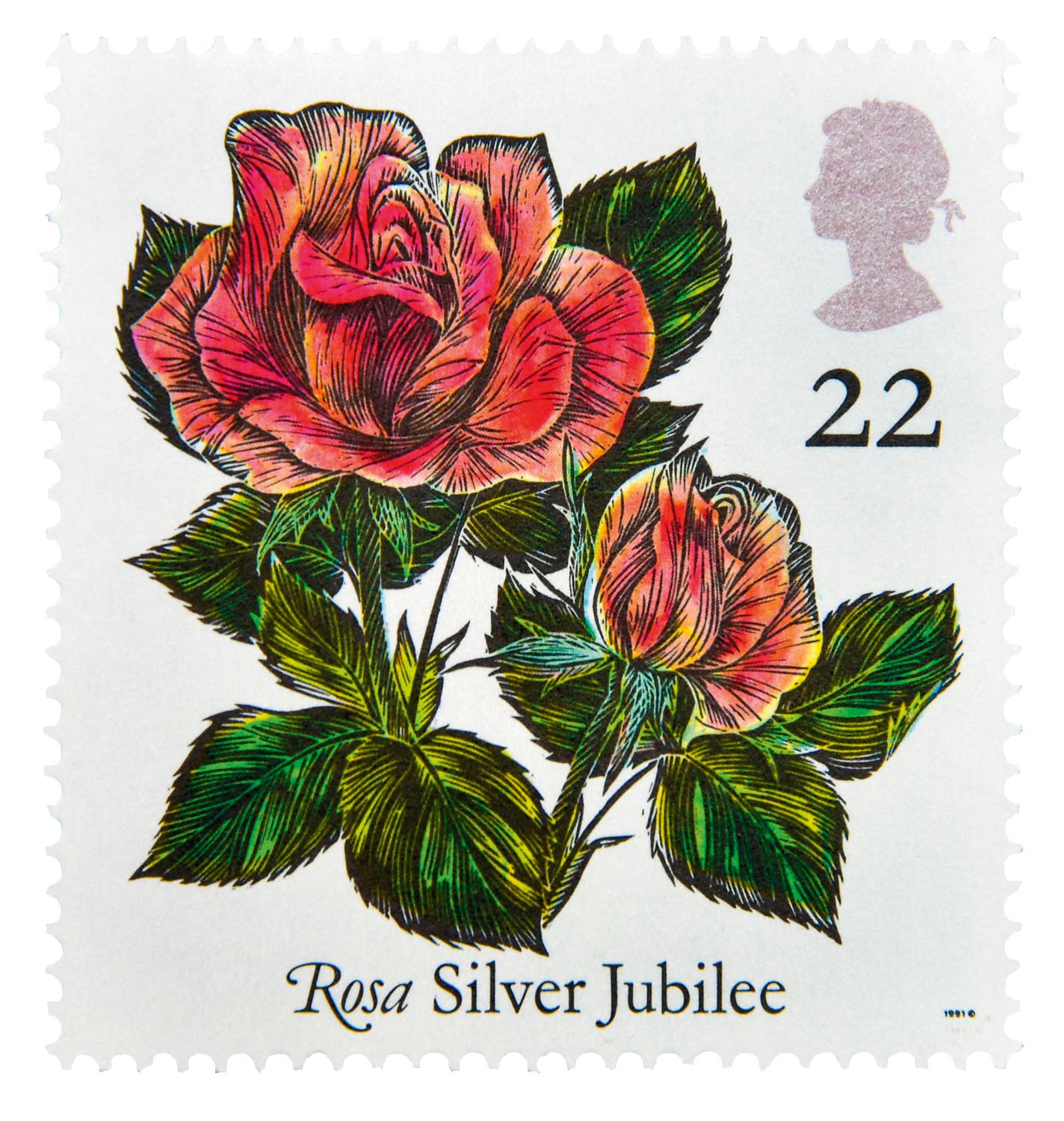
The press by this time were accustomed to the idea of new roses for special occasions and the industry always obliged. The Harkness nursery of Hitchin in Hertfordshire produced ‘Queen Elizabeth II Ruby Anniversary’ in 1993, then, as Austin’s modern shrub roses set the new tone, his ‘Jubilee Celebration’ of 2002 and ‘Royal Jubilee’ of 2012 kept the ball rolling. Harkness launched a new rose named ‘Queen Elizabeth II’ in June this year to celebrate the Platinum Jubilee.
There are, of course, other plants than roses named after Her Majesty, although, disappointingly, no rhubarbs so far. One or two orchids have made the grade, but I should warn you that they have unwieldy botanical names. Be sure to have a go at Rhyncho-laeliocattleya ‘Queen Elizabeth II’, bred in 2007 by Chadwick’s nursery of Virginia, US, to commemorate not a Jubilee, but the 400th anniversary of the founding of the short-lived Jamestown settlement. I fear the orchid itself may have gone the same way, but no doubt it lives on in some specialist collection.
Those looking to fill their gardens with floral tributes would, therefore, be better advised to look to the unfailing beauty, vigour and longevity of the early debutantes, especially Clematis montana ‘Elizabeth’ and the Grandiflora rose of almost the same name. They are as good now as they were from the start of the present reign. There is surely a theme here. Long may it continue.

Ultimate guide to growing roses: What to plant, where to plant it, and why you really don’t need to prune
Charles Quest-Ritson, author of the RHS Encylcopedia of Roses, tells you everything you need to know about growing roses.
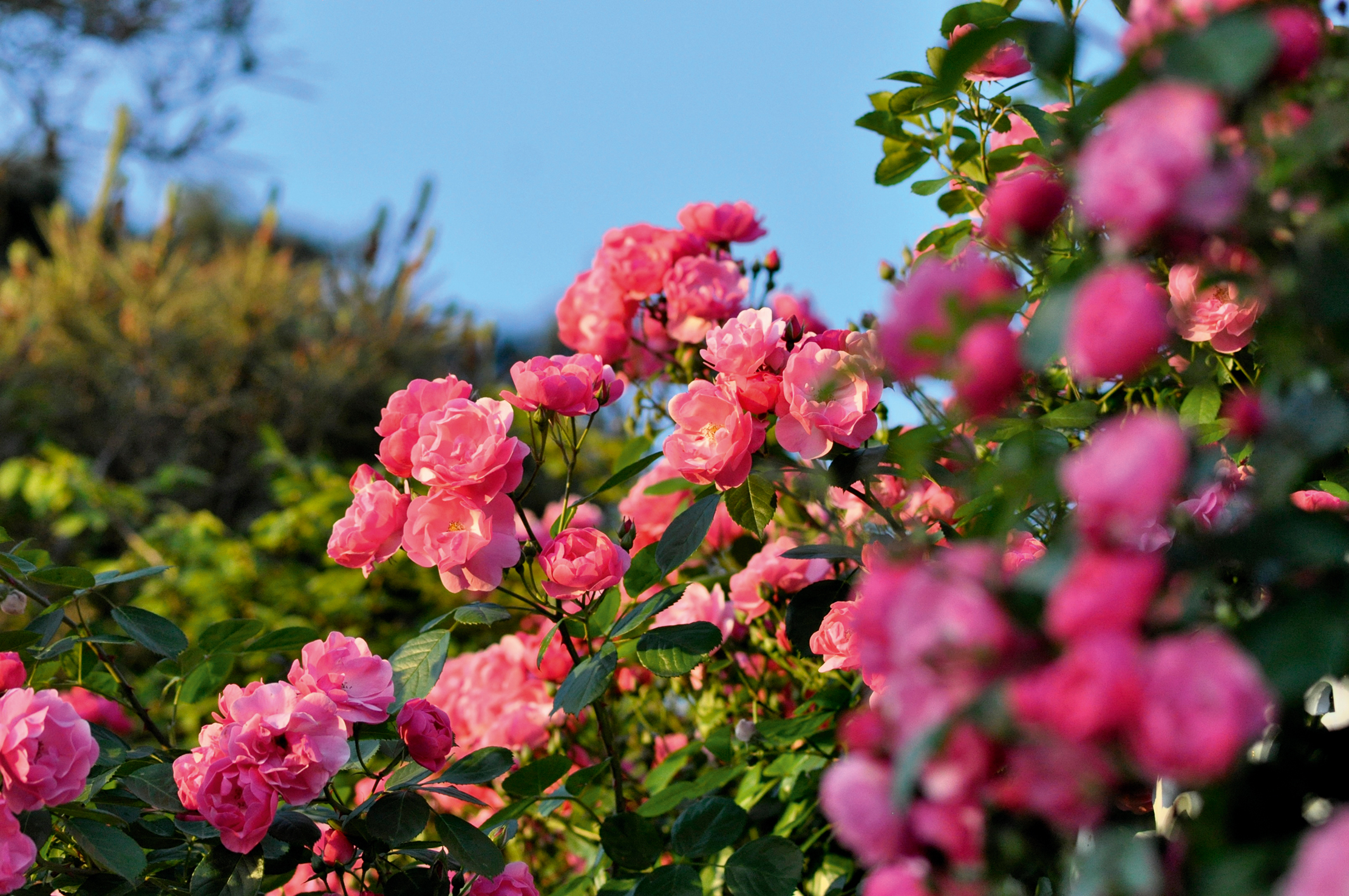
Credit: Getty
Charles Quest-Ritson: 2020 was terrible in so many ways — but at least it was the best year I can remember for roses
Our expert columnist Charles Quest-Ritson — who literally wrote the book on roses — reveals that his 2020 crop was the greatest